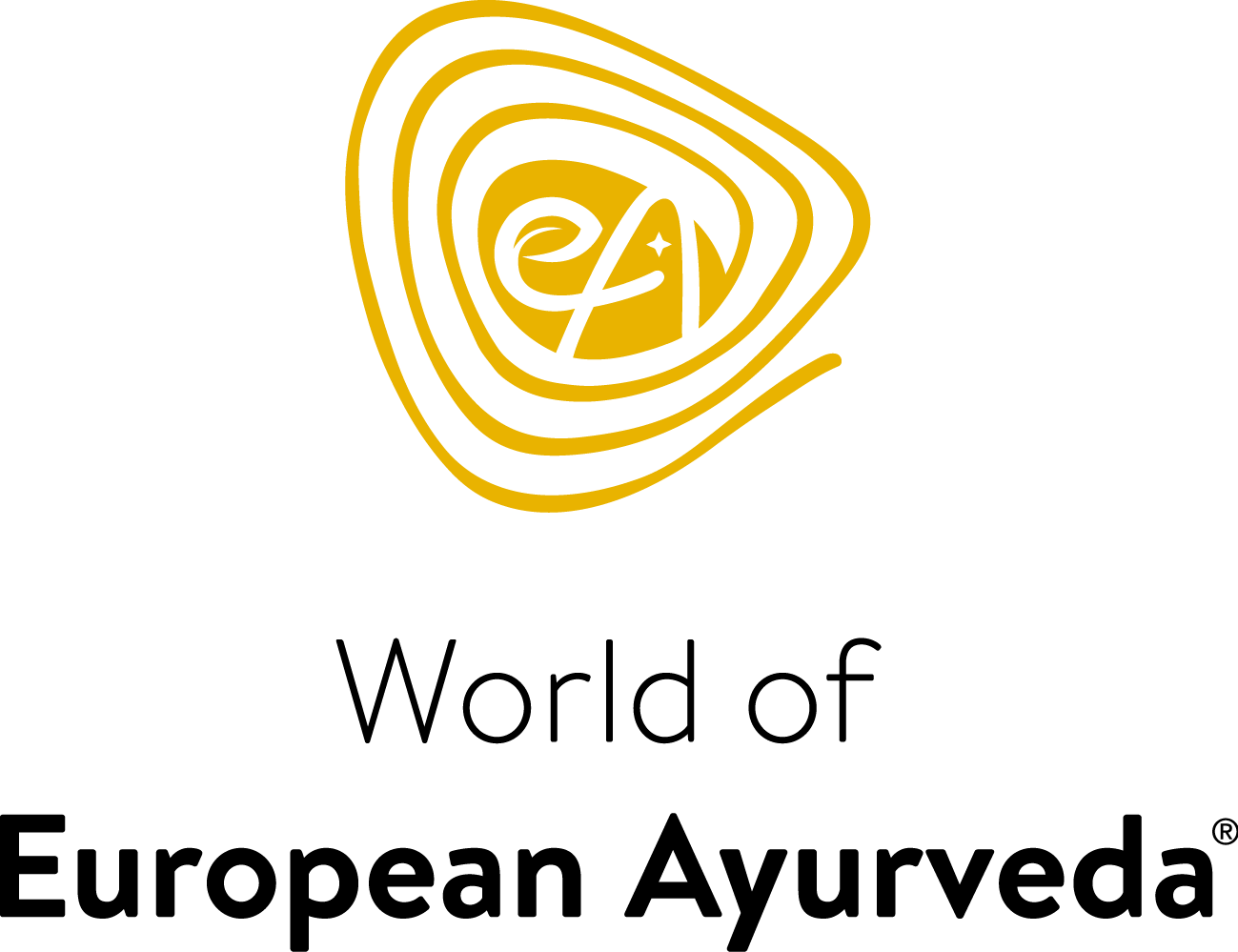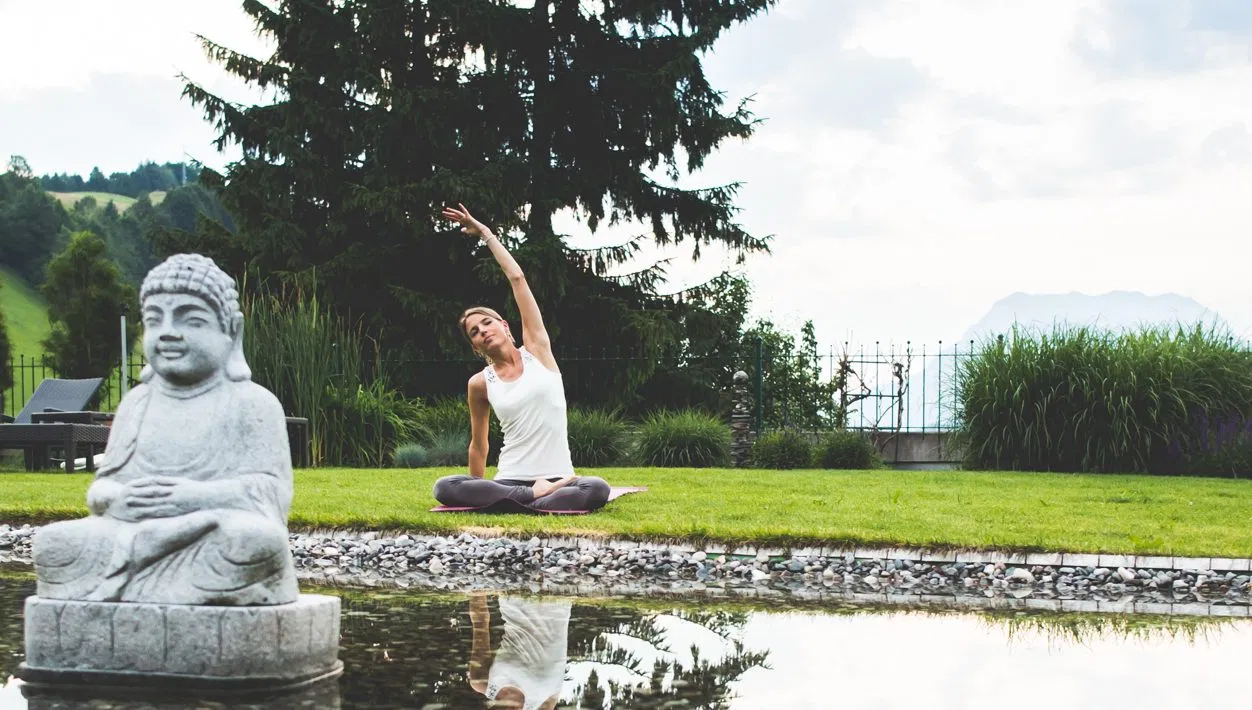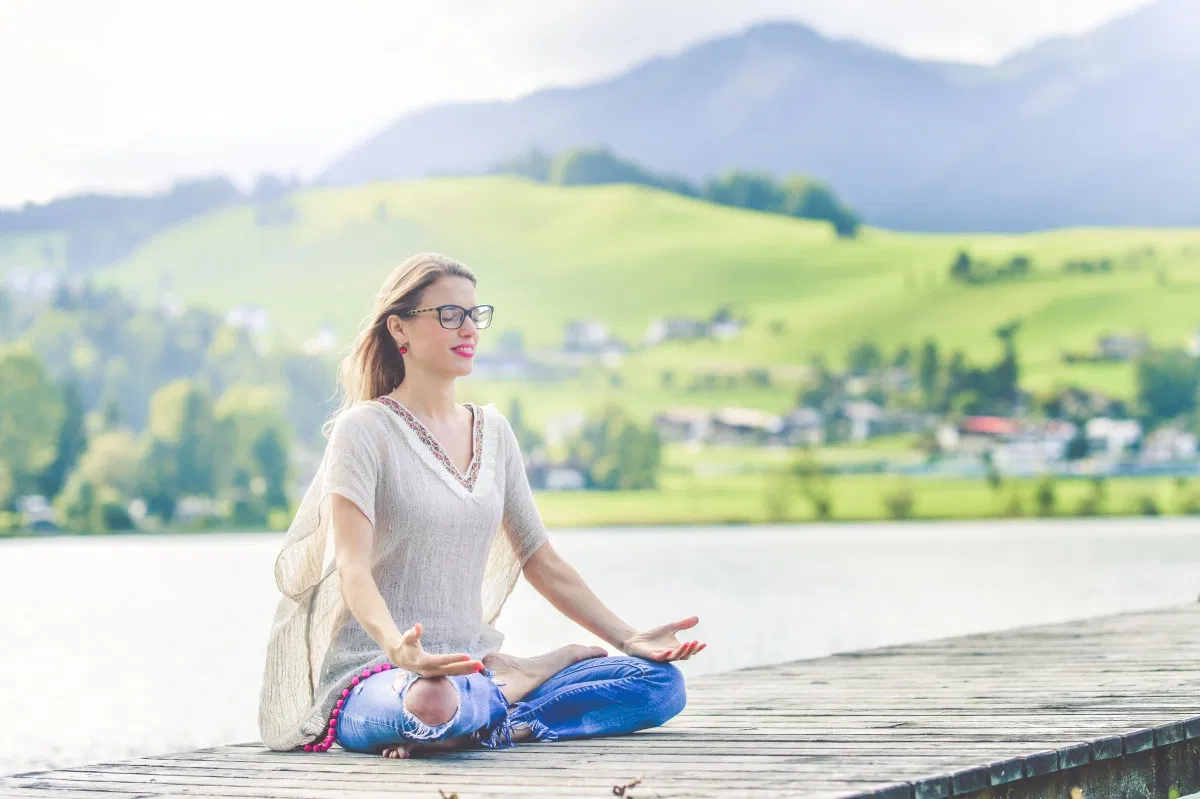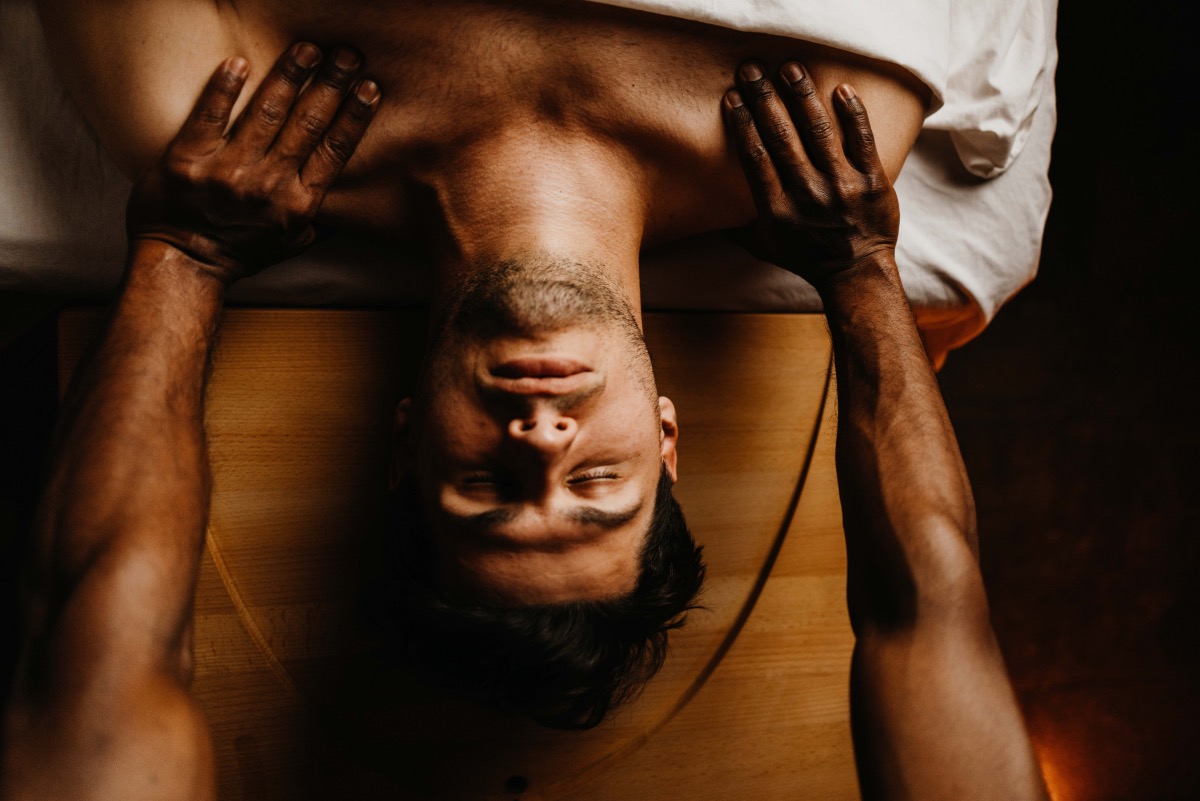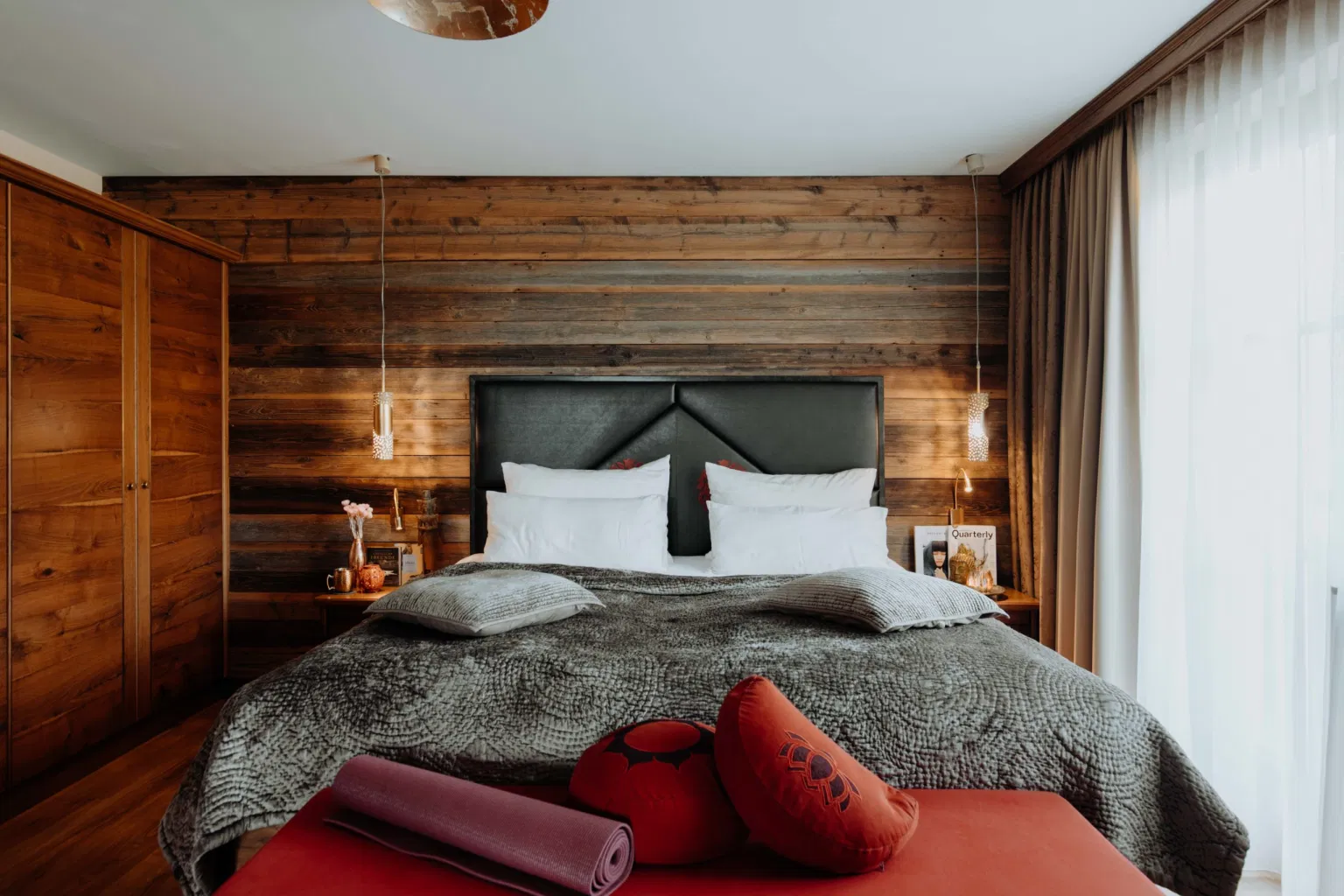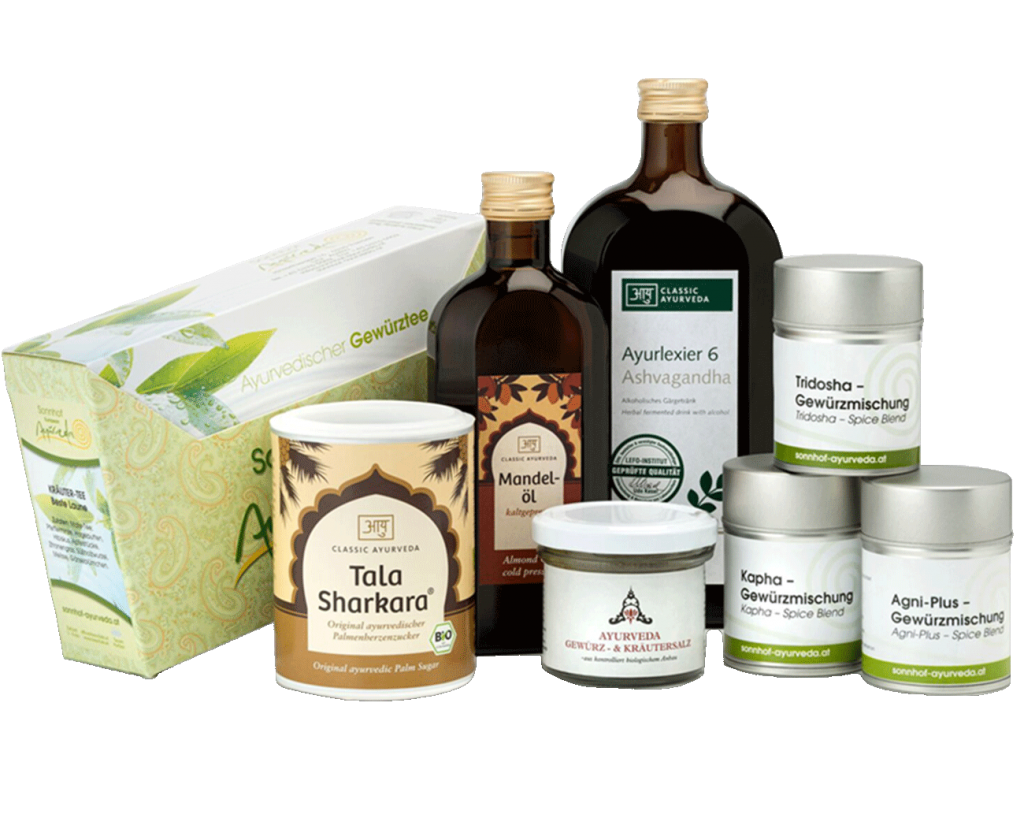Yin yoga is considered a rather passive style of yoga that has been found more and more often on the course schedules of renowned yoga studios for some years now. Not because this style wants to outrun other sporty forms of yoga, but rather because this passive teaching is supposed to be a kind of balance and complement to active styles.
Targeted breathing exercises reduce stress and bring body and mind into harmony. The aim is to achieve complete deep relaxation, which makes Yin Yoga a good way to combine this style with more dynamic types of yoga.
Dynamic and passive yoga
Ancient yoga writings and teachings had always divided the different yoga styles into dynamic and passive variants. We are talking here about a division into Yin and Yang, whereby Yang stands for an active and very powerful style, while Yin focuses on a calm and mental stress reduction through passive exercises.
In the West in particular, however, yoga studios or even participants focus primarily on the dynamic styles that are supposed to get the body in shape. In principle, there are no objections to this. However, it is easy to forget that anyone who wants to practise yoga as effectively as possible should look at both the dynamic and passive sides.
Yin yoga thus helps to achieve deep relaxation after physically oriented yang yoga styles, which favours stress reduction and opens the consciousness to be able to perceive and assess small things in everyday life even more effectively, as well as to find access to one's own soul. An identical objective that is also pursued, for example, by the European Ayurveda® concept at the Sonnhof Ayurveda Resort with the yoga units there.
Yin and Yang Yoga thus form a unit and complement each other, as the simultaneous concentration on both styles achieves an optimal balance that is good for the body, but at the same time simplifies everyday situations.
What distinguishes the Yin Yoga style?
Yin yoga can be associated with feminine energy, which helps the body to come to rest. At the same time, this energy is also directly connected to the bones and joints of the body. Quite the opposite of dynamic yoga. Here, the muscles are in the foreground.
Thus, Yin Yoga focuses on the less obvious layers of the body. While the muscle structure is visually reflected, Yin Yoga aims to contribute to the relaxation of the deeper tissues. These are the joints and the so-called fasciae.
Fascia is the term used to describe the soft tissue components of the connective tissue that can be found both outside and inside the muscle. They are sometimes referred to as the sixth sense organ and play a crucial role in the body's ability to perceive. This is an important part of the body, but one that plays no further role in most Yang Yoga styles.
Yin yoga is all the more about connecting bones, joints and muscles, which should be considered as the body's own network. Only those who bring all areas into connection with each other benefit from the simultaneous physical and mental advantages that are actually expected from the yoga sessions.
Yin Yoga Exercises: Passive yoga style in practice
But how does a typical yin yoga class actually work?
In fact, it should come as no surprise here that yin yoga focuses primarily on exercises that are performed while sitting and lying down.
Another typical feature of the style is the always rounded back that is required for the individual exercises. Another aspect that distinguishes Yin Yoga from the Yang variant, where one is encouraged to keep the back as straight as possible.
The rounded back helps to stretch the body, which is why the exercises should also reach the deeper regions - i.e. the tissue and fasciae. This also has an extremely practical benefit, as this targeted stretching provides more mobility for the joints. As these are known to become increasingly immobile with age, Yin Yoga is a good complement to the physical Yang exercises.
If you want to do typical Yin exercises at home for the first time, these three easy-to-implement alternatives are a good idea. All you need is a quiet training room, a yoga mat and a 3 minute timer to keep track of the exercise time.
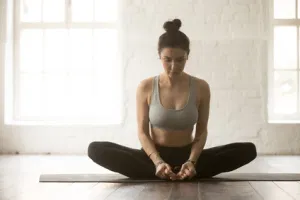
Butterfly
Assume an upright sitting position and bring the soles of your feet together. Then slowly bend forward with the body rounded. The knees sink apart to arrive at the posture.
After about 3 minutes, slowly roll back and lie on your back for a short moment.
Dragon Fly
In an upright sitting position straddle the legs as far as possible. Then bend forward with a rounded back. The body should be able to get used to the posture.
Those who are less limber can also sit upright and hold this position for about 3 minutes.
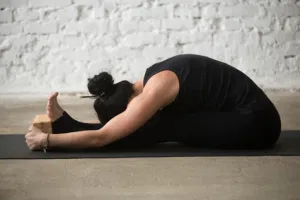
Caterpillar
From an upright sitting position, legs and arms fall loosely apart. With your back round, bend over your legs and close your eyes.
This position is held for 3 minutes.
Conclusion
Passive yin yoga is the ideal complement to typical yang yoga styles that focus on physical challenge. Only those who master both variations and take them into account in their training programme will ultimately be able to benefit from a holistic yoga experience that brings body and soul equally into harmonious harmony.
